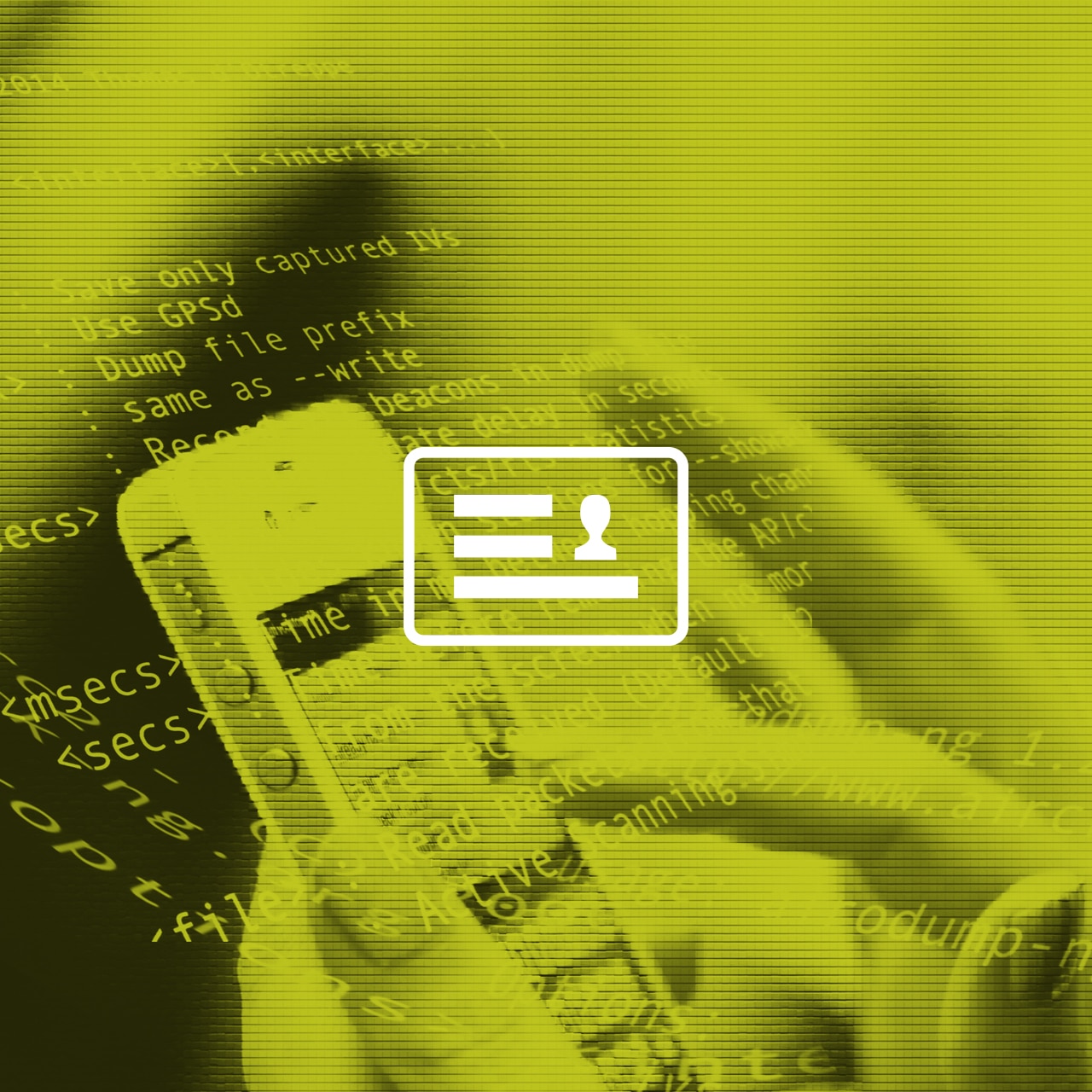Cell phones and other electronic devices can be used to pinpoint your location as you walk down the street, go to work, or grab dinner with friends. This data is increasingly being collected in real time by law enforcement agencies via a variety of tools, including a device called “StingRay,” which simulates a cellphone tower and bypasses wireless service providers. It’s not surprising that U.S. law enforcement entities are taking extra precautions to keep the use of Stingray devices secret.
One group, MuckRock, is encouraging individuals in the U.S. to use open government laws to shed light on StingRay use across the country. Already people have forced the publication of documents detailing StingRay use in places like Pennsylvania. In Illinois, files surfaced regarding a purchase of over $250,000 worth of StingRay and similar “covert cellular tracking equipment” by the State Police Department–dating all the way back to 2008. The Director of the Illinois State Police noted that the bulk of the surveillance equipment was funded by a generous grant from the Department of Homeland Security.
What is StingRay?
A StingRay device mimics cell tower signals to lure wireless devices to connect to it. All wireless devices send signals even if a user is not actively calling anyone. A StingRay can collect data from all transmitters in a specific geographic area, including the phone numbers of all devices connecting to the network as well as the phone numbers associated with all outgoing calls and texts from those phones. StingRays can additionally access physical location information every 15 to 20 seconds.
There is no true consensus on whether or not StingRays have the capability to intercept phone call or text message content: Several sites agree that the StingRay is mainly used to track location of wireless devices, while others allege the technology has the capability to collect the contents of communications.
Shady legality of StingRay use
Stingray devices are increasingly deployed in the U.S. without consideration for the rule of law or constitutional safeguards. A recent USA Today report revealed that at least 25 local police departments in the U.S. now own these cell-site simulator devices. Many local and state police are buying StingRays with federal grants issued to cities for the purpose of protecting citizens against terrorist attacks, but the devices are being utilized in a far more invasive manner: a representative for the Miami-Dade police told the City Council that the Department intended to use StingRay to monitor protesters at a world trade conference.
The extensive and unmonitored use of StingRay and other location-tracking technology raises critical legal issues. In U.S. v. Jones, the Supreme Court held that warrantless location tracking using a physical GPS device attached to a car was a Fourth Amendment violation. While the Court did not issue a binding decision on non-trespassory location tracking, dicta indicated that any long-term tracking may be held unconstitutional. However, at least one lower court has allowed law enforcement to utilize evidence gathered by StingRay without an issued warrant, while other city and state courts have issued contradictory rulings concerning the expectation to privacy of cellphone data.
Access to information
Federal and state open government laws, like the Freedom of Information Act, give individuals the right to request and receive government documents, subject to certain exemptions. Law enforcement agencies should be transparent about data collection policies related to the use of StingRay. Instead, attempts to receive information on their purchase and use have been met with broad resistance. On June 18th 2014, the Supreme Court of Florida dismissed a motion by ACLU asking the city of Sarasota, Florida to release the detailed records it held on StingRay surveillance. The state circuit court judge dissolved the request over jurisdictional issues after U.S. Marshals deputized the local police force in a successful bid to have all materials declared federal property.
Hazy boundaries between federal, state, and local authority have allowed for much of StingRay’s existence and use to be shrouded in secrecy. Access considers these devices, utilized widely, indiscriminately, and without due process, to be a violation of privacy rights and human rights norms.
Open government group MuckRock provides individuals with tools needed to put increased pressure on law enforcement to publish details about cell-site location based tracking. Documents like purchase contracts, statements of work, service agreements, data collections and use policies, and audit reports would all help paint a clearer picture on the use of StingRay and similar equipment across the country. We encourage individuals to take action to help shine light on government surveillance.
UPDATE: On July 2, 2014, Congressman Alan Grayson (D-VA) submitted a letter to FCC Chairman Tom Wheeler, urging the Chairman to comment regarding the use of cellular interception devices to spy on the general public. Grayson inquires as to the jurisdiction the FCC has to implement more stringent security requirements for wireless carriers in order to ensure the safety of customer data. He also asks the Chairman what the FCC has done to both protect and inform American citizens of the kinds of risks they face. Grayson explicitly requires Chairman Wheeler to respond in full by July 15th, 2014.
